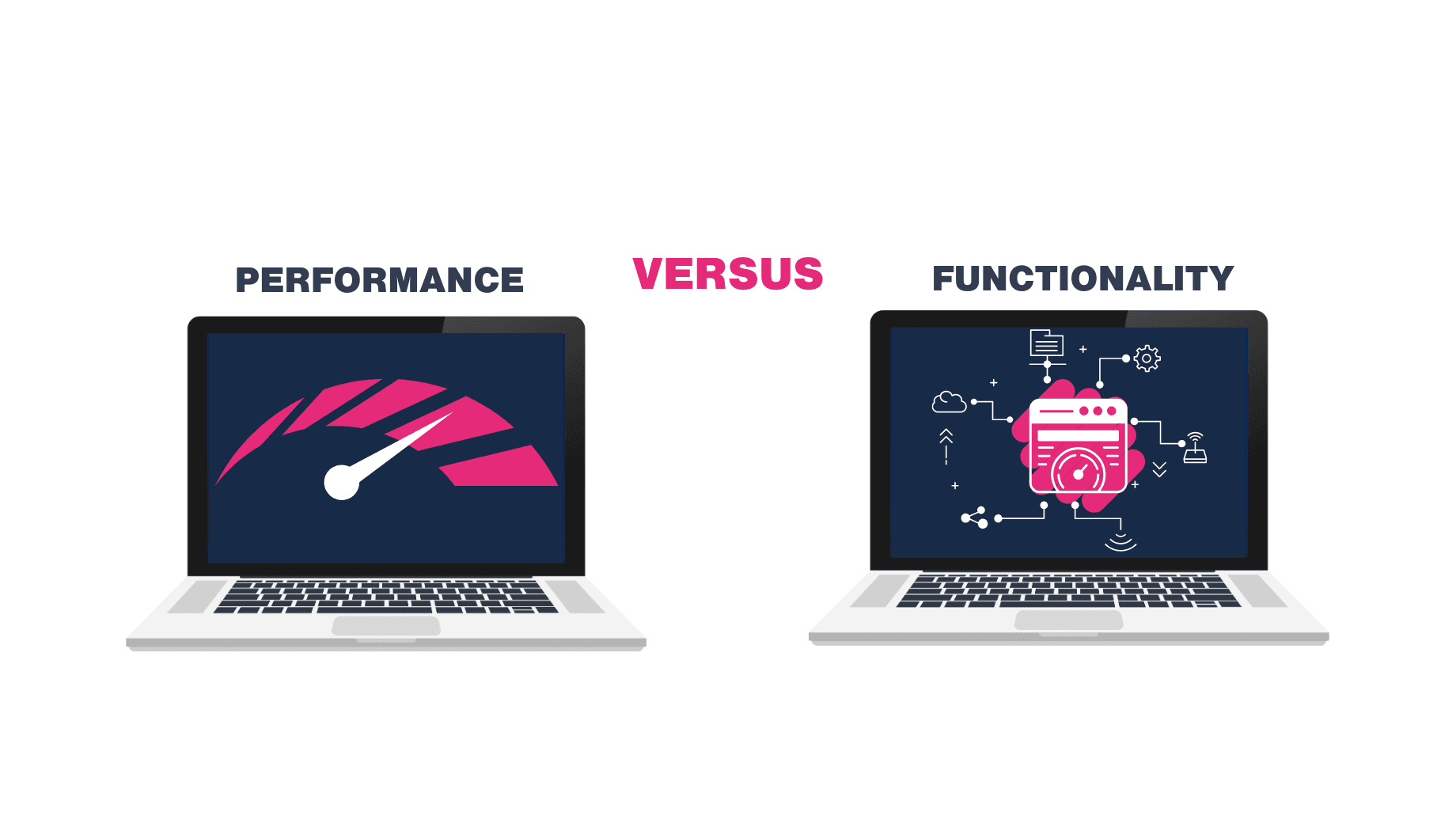A beautiful website is great.
A fast website is even better.
But if your website isn’t generating leads, it’s not doing its job.
In this post, we’ll show you how to turn your website into a lead generation machine — one that works 24/7 to attract, engage, and convert the right kind of prospects.
Whether you’re a service business, B2B company, or local provider, the strategies below can help your website go from a digital placeholder to your best-performing sales tool.
First, What Counts as a “Lead”?
Over time our definition of a ‘lead’ has changed. A few years back, a lead was somebody who called your business. Then, with the introduction of websites, it also included those who filled in your contact forms.
Now, a lead is someone who has shown interest in your business — and given you a way to follow up. That might be:
- Filling in a contact form
- Requesting a quote or call
- Downloading a guide
- Signing up to a newsletter
- Booking a demo or consultation
Different sites will have different goals — but the end game is the same: action.
The Problem: Most Websites Don’t Guide the Visitor
Many websites are built to look good… but not to do anything.
Common issues include:
- No clear next step for visitors to take
- Vague CTAs (or none at all)
- Forms buried at the bottom of the page
- Messaging focused on you, not the user
That’s where lead generation falls flat. If people don’t know what to do next — they won’t do anything.
6 Ways to Turn Your Website Into a Lead Generation Tool
-
1. Give People a Clear, Relevant CTA
Your site should guide visitors through a journey. Every page should have a CTA that fits the user’s intent.
Examples:
- Homepage: “Get a Free Website Review”
- Services page: “Book a Free Consultation”
- Blog post: “Download the Full Checklist”
- Make your CTA visible, specific, and benefit-led — not just “Submit”.
-
2. Offer Something of Value (Lead Magnet)
Not every visitor is ready to talk. That’s where lead magnets come in — low-commitment offers that help you build a relationship.
Examples:
- Free website audit (why not get one from us, whilst you're here?)
- Downloadable guides or checklists
- Industry-specific templates or tools
- “How to” email series
Use these to collect email addresses and start the conversation.
-
3. Optimise Your Forms for Conversions
Long forms can scare people off. So can forms that feel unnecessary or spammy.
Best practices:
- Keep forms short (3–5 fields max where possible)
- Clearly state what the user will get
- Reassure them: “We’ll never share your data”
Also: test your forms regularly. You’d be surprised how often they silently stop working.
-
4. Add a Sticky Header or Slide-In CTA
Sometimes users just need a nudge.
Sticky headers (with your phone number or “Get a Quote” button) and slide-in prompts can catch visitors at the right moment — especially on longer pages.
Just don’t overdo it. One well-timed prompt is more effective than five pop-ups.
-
5. Use Landing Pages for Campaigns
If you’re running ads or email campaigns, don’t send users to your homepage.
Send them to a dedicated landing page that:
- Matches the campaign message
- Has one clear CTA
- Removes distractions
Landing pages can convert 2–3x better than a generic homepage when done right.
-
6. Integrate with Your CRM or Email Marketing
Leads are only useful if you can follow up.
Whether you use HubSpot, Mailchimp, or a simple Google Sheet — make sure your forms and lead capture points are connected to something you’ll actually check and use.
Bonus: Automate follow-ups (e.g. “Thanks for enquiring! Here’s what happens next”) to keep leads warm.
The Result: More Leads, Less Waste
If you’re already getting traffic, even a small change to your lead generation strategy can create a big jump in results.
And if you’re just starting out? It pays to build your site around lead generation from day one — so you’re not retrofitting it later.
Want Help With Your Website?



